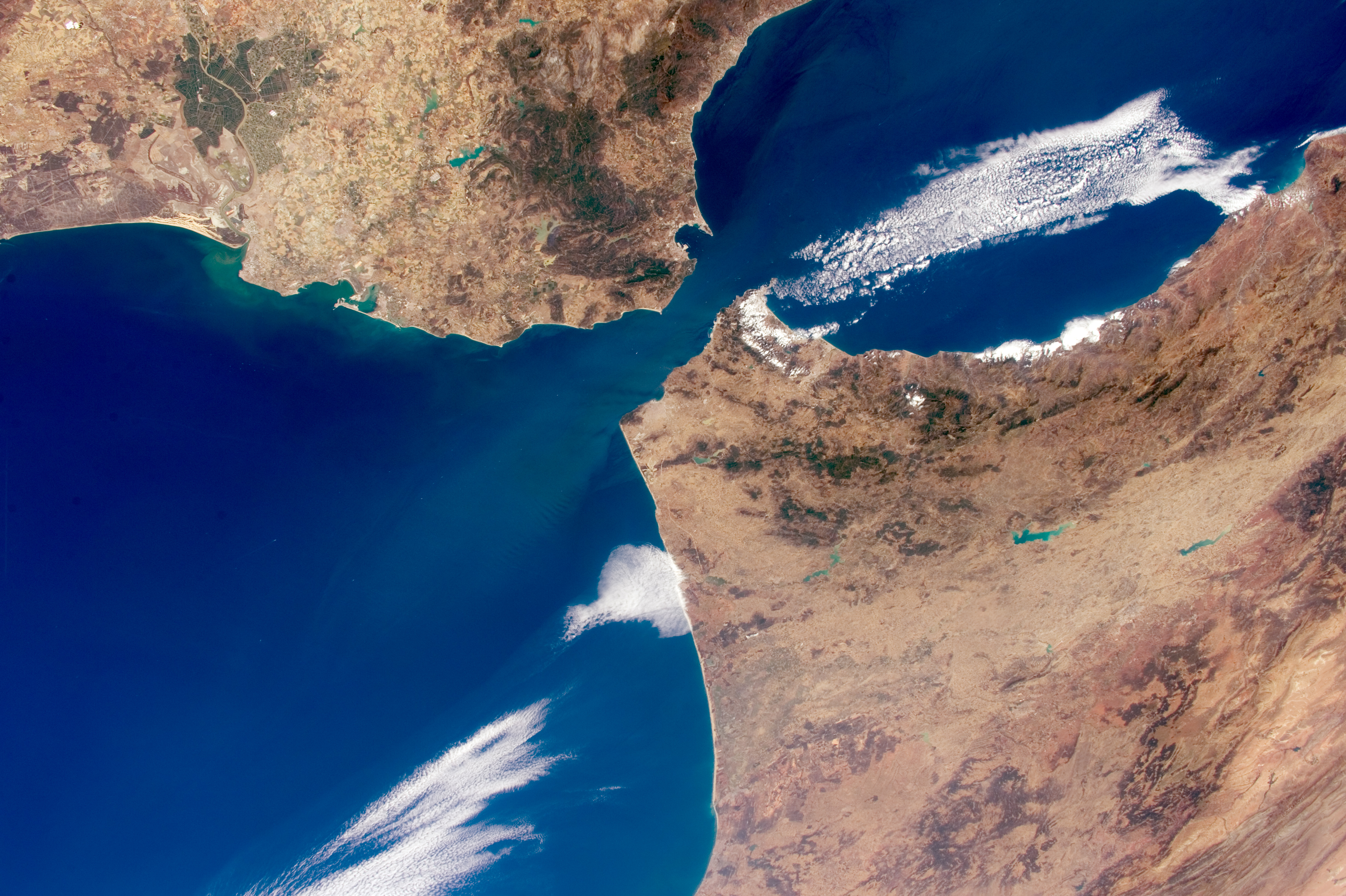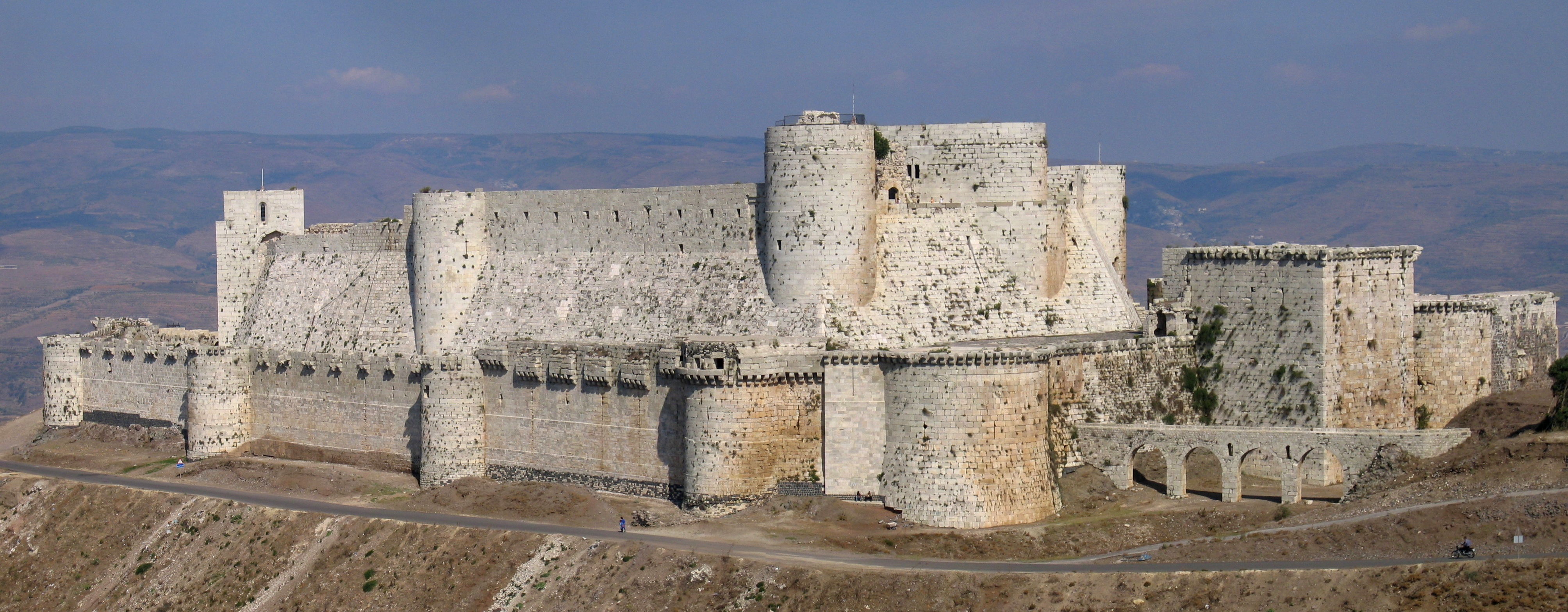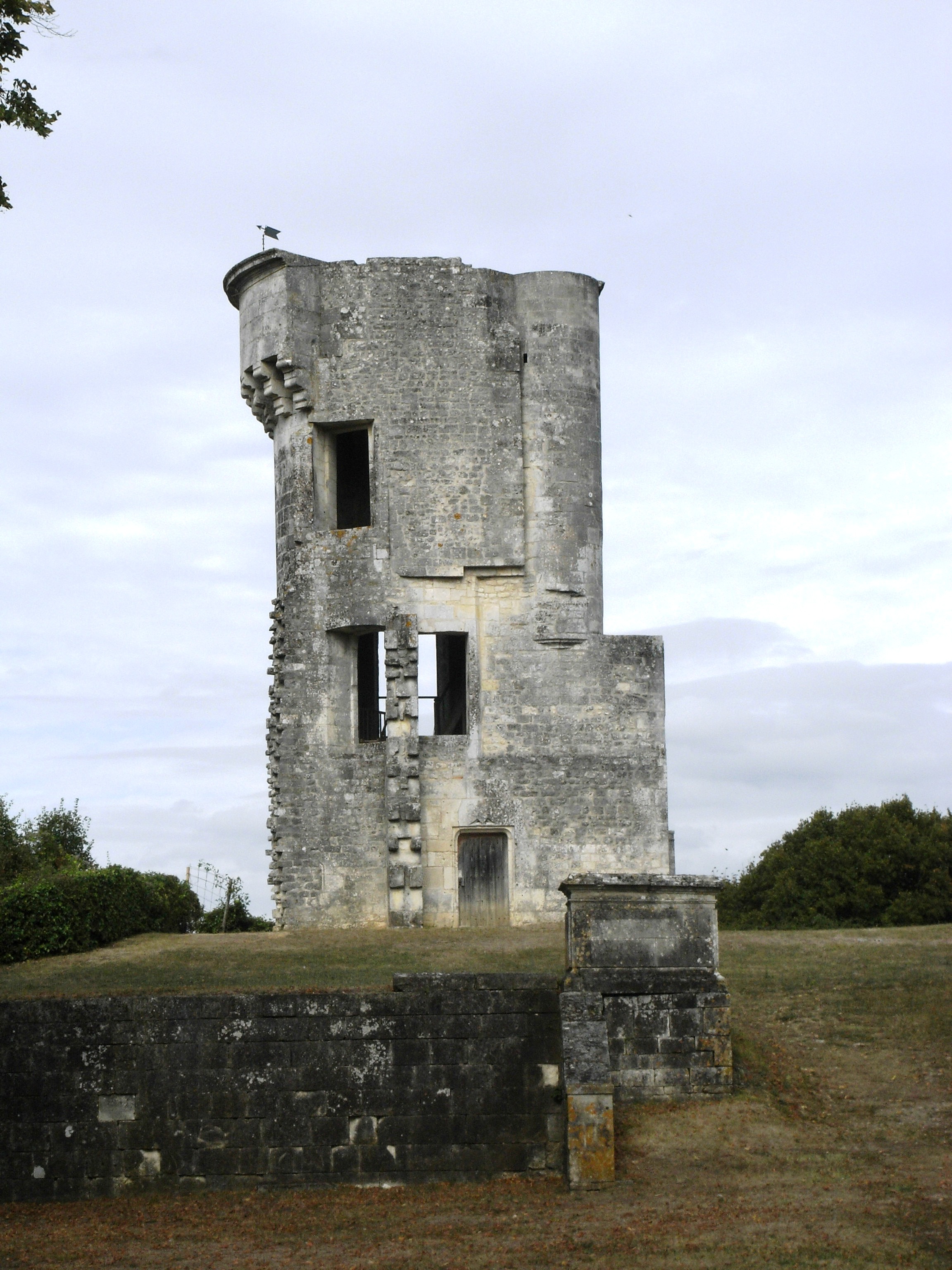|
Le Destroit
Le Destroit (for alternative names see below) is a ruined medieval fortified road station, built by the Templars of the Crusader Kingdom of Jerusalem in the early 12th century CE, located on the Mediterranean shore near a site where they later built the Chateau Pelerin castle, today close to the modern town of Atlit, Israel. Names and etymology The Frankish name of the fort was Casel Destreiz and le Destroit, with the Latin variants Destrictum and Petra Incisa. The Arabic name of the site is Khirbat Dustray (alternative spelling Khirbet Dustrey). The Hebrew name is Horvat Qarta. The Frankish name is derived from Latin (''districtus'' and ''distringere'', consisting of the preposition '' de'' and the verb ''stringere'', to tighten) via the Gallo-Romance languages, which retained the meaning of 'narrow' and 'restricted' referring to a connecting way or passage, which resulted in the meaning of 'strait'. [...More Info...] [...Related Items...] OR: [Wikipedia] [Google] [Baidu] |
Strait
A strait is a water body connecting two seas or water basins. The surface water is, for the most part, at the same elevation on both sides and can flow through the strait in either direction, although the topography generally constricts the flow somewhat. In some straits, there is a dominant directional current. Most commonly, the strait is a narrow channel that lies between two land masses. Straits are loci for sediment accumulation, with sand-sized deposits usually occurring on the two strait exits, forming subaqueous fans or deltas. Some straits are not navigable because, for example, they are too narrow or too shallow, or due to the presence of a reef or archipelago. Terminology The terms ''channel'', ''pass'', or ''passage'' can be synonymous and used interchangeably with ''strait'', although each is sometimes differentiated with varying senses. In Scotland, ''firth'' or ''Kyle'' are also sometimes used as synonyms for strait. Many straits are economically important. ... [...More Info...] [...Related Items...] OR: [Wikipedia] [Google] [Baidu] |
Principality Of Galilee
The principality of Galilee was one of the four major seigneuries of the crusader Kingdom of Jerusalem, according to 13th-century commentator John of Ibelin (jurist), John of Ibelin, grandson of Balian of Ibelin, Balian. The direct holdings of the principality centred around Tiberias, in Galilee proper, but with all its vassals, the lordship covered all Galilee (now Israel) and southern Phoenicia (today Lebanon). The independent Lordship of Sidon was located between Galilee's holdings. The principality also had its own vassals, the lordships of Nazareth and Haifa. The principality was established, at least in name, in 1099 when Tancred, Prince of Galilee, Tancred was given Tiberias, Haifa, and Bethsan by Godfrey of Bouillon. In 1101, Baldwin I of Jerusalem, Baldwin I limited Tancred's power by giving Haifa to Geldemar Carpenel, and Tancred was forced to give up the principality and become regent in Principality of Antioch, Antioch. The principality became the fief of the families ... [...More Info...] [...Related Items...] OR: [Wikipedia] [Google] [Baidu] |
Castles And Fortifications Of The Knights Templar
A castle is a type of fortification, fortified structure built during the Middle Ages predominantly by the nobility or royalty and by Military order (monastic society), military orders. Scholars usually consider a ''castle'' to be the private fortified house, fortified residence of a lord or noble. This is distinct from a mansion, palace, and villa, whose main purpose was exclusively for ''pleasance'' and are not primarily fortresses but may be fortified. Use of the term has varied over time and, sometimes, has also been applied to structures such as hill forts and 19th- and 20th-century homes built to resemble castles. Over the Middle Ages, when genuine castles were built, they took on a great many forms with many different features, although some, such as curtain wall (fortification), curtain walls, arrowslits, and portcullises, were commonplace. European-style castles originated in the 9th and 10th centuries after the fall of the Carolingian Empire, which resulted ... [...More Info...] [...Related Items...] OR: [Wikipedia] [Google] [Baidu] |
Castles And Fortifications Of The Kingdom Of Jerusalem
A castle is a type of fortified structure built during the Middle Ages predominantly by the nobility or royalty and by military orders. Scholars usually consider a ''castle'' to be the private fortified residence of a lord or noble. This is distinct from a mansion, palace, and villa, whose main purpose was exclusively for ''pleasance'' and are not primarily fortresses but may be fortified. Use of the term has varied over time and, sometimes, has also been applied to structures such as hill forts and 19th- and 20th-century homes built to resemble castles. Over the Middle Ages, when genuine castles were built, they took on a great many forms with many different features, although some, such as curtain walls, arrowslits, and portcullises, were commonplace. European-style castles originated in the 9th and 10th centuries after the fall of the Carolingian Empire, which resulted in its territory being divided among individual lords and princes. These nobles built castles ... [...More Info...] [...Related Items...] OR: [Wikipedia] [Google] [Baidu] |
Crusader Castles
This is a list of castles in the Eastern Mediterranean and Middle East, founded or occupied during the Crusades. For crusader castles in Poland and the Baltic states, see Ordensburg. There were two major phases of the deliberate destruction (slighting) of Crusader castles: in 1187 by Saladin and after 1260 by the Mamluks. The intention was often to prevent the castles being reused by the Crusaders. Of the architecture built by the Crusaders, castles have received more scholarly attention than other forms, such as ecclesiastical architecture. Crusader states Geographic location on today's map *Kingdom of Cyprus: Island of Cyprus (north and south) *County of Edessa: south-east Turkey *Principality of Antioch: north-west Syria, southern Turkey *County of Tripoli: northern Lebanon, north-west Syria *Kingdom of Jerusalem ** Lordship of Sidon: central Lebanon **Principality of Galilee: northern Israel, southern Lebanon, southwest Syria ** County of Jaffa and Ascalon: southern Israel, ... [...More Info...] [...Related Items...] OR: [Wikipedia] [Google] [Baidu] |
Archaeology Of Israel
The archaeology of Israel is the study of the archaeology of the present-day Israel, stretching from prehistory through three millennia of documented history. The ancient Land of Israel was a geographical bridge between the political and cultural centers of Mesopotamia and Egypt. Despite the importance of the country to three major religions, serious archaeological research only began in the 15th century.''Encyclopedia of Zionism and Israel'', edited by Raphael Patai, Herzl Press and McGraw-Hill, New York, 1971, vol. I, pp. 66–71 Although he never travelled to the Levant, or even left the Netherlands, the first major work on the antiquities of Israel is considered to be Adriaan Reland's ''Antiquitates Sacrae veterum Hebraeorum,'' published in 1708. Edward Robinson, an American theologian who visited the country in 1838, published its first topographical studies. Lady Hester Stanhope performed the first modern excavation at Ashkelon in 1815. A Frenchman, Louis Felicien de ... [...More Info...] [...Related Items...] OR: [Wikipedia] [Google] [Baidu] |
Kurkar
Kurkar ( /) is the term used in Arabic and modern Hebrew for the rock type of which lithification, lithified sea sand dunes consist. The equivalent term used in Lebanon is ramleh. History Kurkar is the regional name for an aeolian quartz sandstone with carbonate cement, in other words an eolianite or a calcarenite (calcareous sandstone or grainstone), found on the Levantine coast of the Mediterranean Sea in Turkey, Syria, Lebanon, Israel, Francisc Dov Por. ''The Legacy of Tethys: An Aquatic Biogeography of the Levant.'' Pages 46-48, 54. Springer, New York, 1989, Monographiae Biologicae (Book 63), . "... around Tel Aviv ridges of aeolanitic sandstone ("kurkar") become prevalent. [...] Along the Lebanese and most of the Syrian coast, calcareous rocks alternate with kurkar ridges. [...] The vermetid platforms are especially well developed on the kurkar sandstones of the Israeli and southern Lebanese shores..../ref> the Gaza Strip and northern Sinai Peninsula. The kurkar ridges ar ... [...More Info...] [...Related Items...] OR: [Wikipedia] [Google] [Baidu] |
Denys Pringle
Reginald Denys Pringle (born 20 September 1951) is a British archaeologist and medievalist. He is best known for his numerous publications regarding Crusader castles and Crusader-era churches in the Kingdom of Jerusalem, the 12th–13th century Crusader state in the Holy Land. Education and career Pringle received a Diploma in Elementary Italian at the Università per Stranieri di Perugia in 1970, then studied Archaeology and History at the University of Southampton (BA) from 1970 to 1973. He later had his DPhil in Archaeology at the Keble College, Oxford, where he received his doctorate in 1978 with a dissertation on "Sixth-century fortifications in Byzantine Africa". In 1977, he worked temporarily at the Queen's University of Belfast. From 1979 to 1984, he was the Assistant-Director of the British School of Archeology in Jerusalem. In 1984–1985, he was a Fellow in Byzantine Studies and Fulbright Scholar at the Harvard University. From 1986 to 1999, he worked as Principal I ... [...More Info...] [...Related Items...] OR: [Wikipedia] [Google] [Baidu] |
Siege Of Acre (1189–1191)
The siege of Acre was the first significant counterattack by Guy of Lusignan, Guy of Jerusalem against Saladin, leader of the Muslims in Ayyubid dynasty, Syria and Egypt. This pivotal siege formed part of what later became known as the Third Crusade. The siege lasted from August 1189 until July 1191, at which time the city's coastal position meant the attacking Latin forces were unable to fully capture the city and Saladin was unable to fully relieve it, with both sides receiving supplies and resources by sea. It concluded as a key victory for the Crusaders and a serious setback for Saladin's ambition to destroy the Crusader states. Background Egypt was ruled by the Shia Islam, Shi'ite Fatimid Caliphate, Fatimid dynasty from 969, independent from the Sunni Islam, Sunni Abbasid Caliphate, Abbasid rulers in Baghdad and with a rival Shi'ite caliph—that is ''successor'' to the Muslim prophet Muhammad. Governance fell to the caliph's chief administrator called the vizier. Fro ... [...More Info...] [...Related Items...] OR: [Wikipedia] [Google] [Baidu] |
King Richard I Of England
Richard I (8 September 1157 – 6 April 1199), known as Richard the Lionheart or Richard Cœur de Lion () because of his reputation as a great military leader and warrior, was King of England from 1189 until his death in 1199. He also ruled as Duke of Normandy, Aquitaine, and Gascony; Lord of Cyprus; Count of Poitiers, Anjou, Maine, and Nantes; and was overlord of Brittany at various times during the same period. He was the third of five sons of Henry II of England and Eleanor of Aquitaine and was therefore not expected to become king, but his two elder brothers predeceased their father. By the age of 16, Richard had taken command of his own army, putting down rebellions in Poitou against his father. Richard was an important Christian commander during the Third Crusade, leading the campaign after the departure of Philip II of France and achieving several victories against his Muslim counterpart, Saladin, although he finalised a peace treaty and ended the campaign withou ... [...More Info...] [...Related Items...] OR: [Wikipedia] [Google] [Baidu] |






